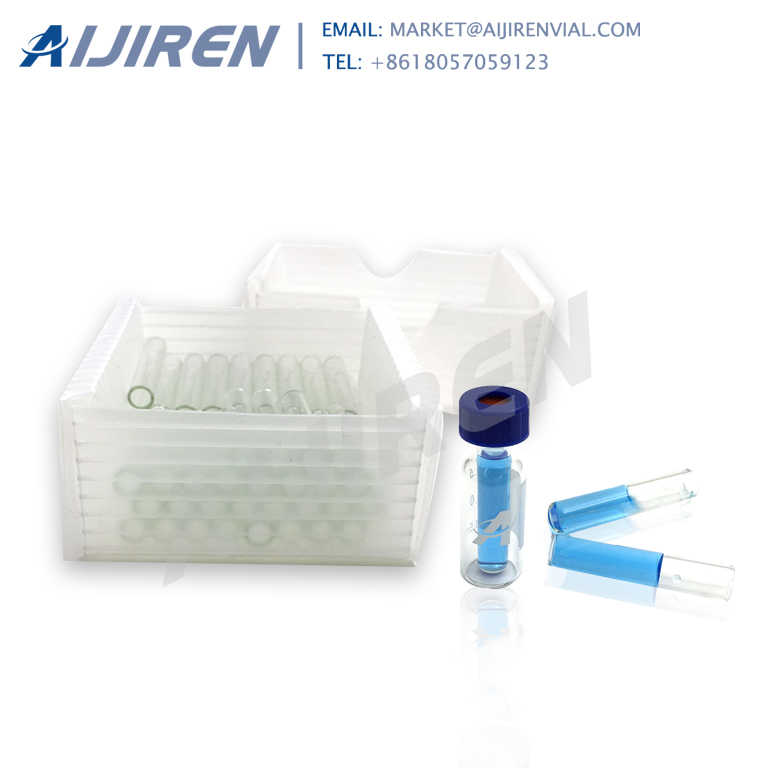
250ul Micro Volume Insert,Plastic,Cone Bottom For 9-425 250ul Micro Volume Insert,Plastic,Cone Bottom For 9-425 Standard 2ml Lab Hplc Sample Vials. , Find Complete Details about 2

Uvison.com Aijiren Vial Inserts 250 µL Polypropylene Insert - - with polymer feet, 100/pk Microvolume Inserts To meet your microsampling needs, Aijiren has a variety of microvolume inserts with capacities and designs that transform our vials from full-capacity to limited volume with one simple step. Send Inquiry.
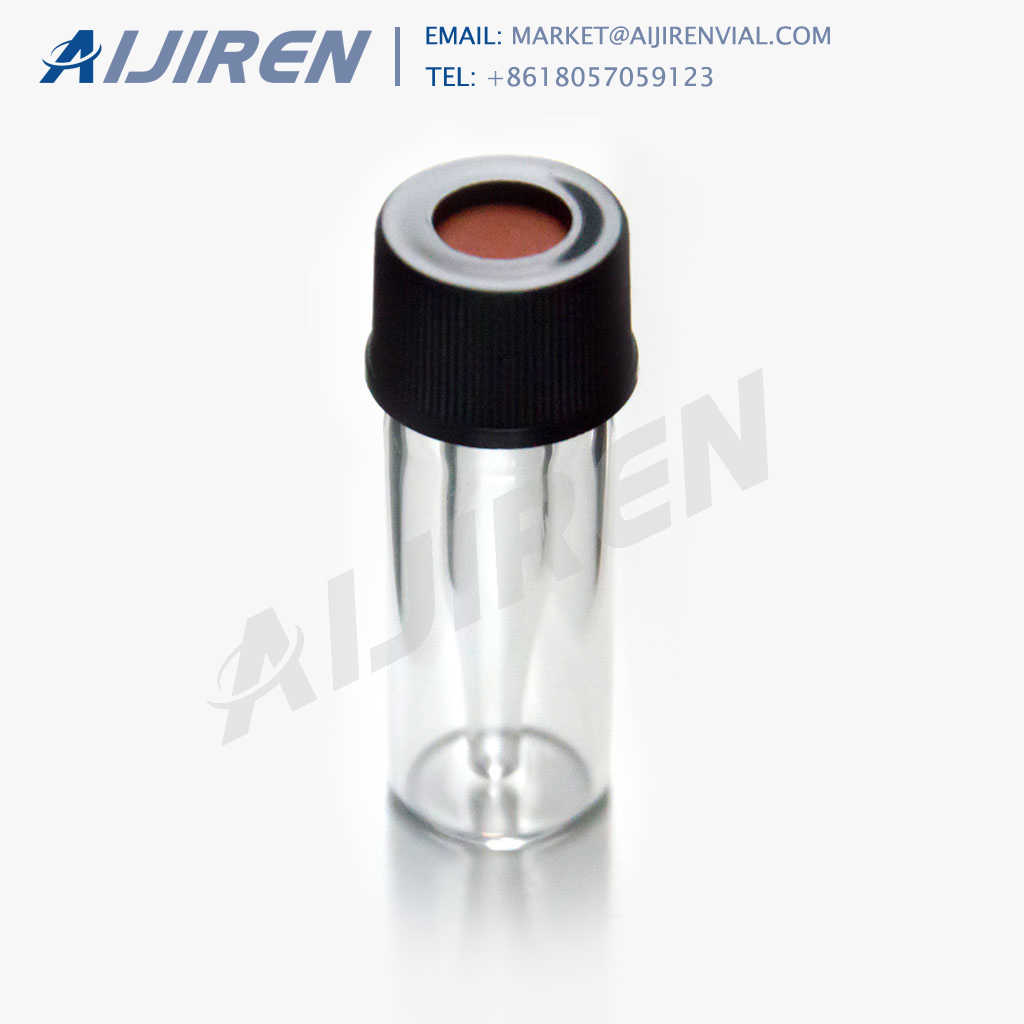
Oct 06, 2021 · Basic INSERT syntax. Here is the basic syntax for adding rows to a table in SQL: INSERT INTO table_name (column1, column2, column3,etc) VALUES (value1, value2, value3, etc); The first line of code uses the INSERT statement followed by the name of the table you want to add the data to. After the table name, you should specify the column names.
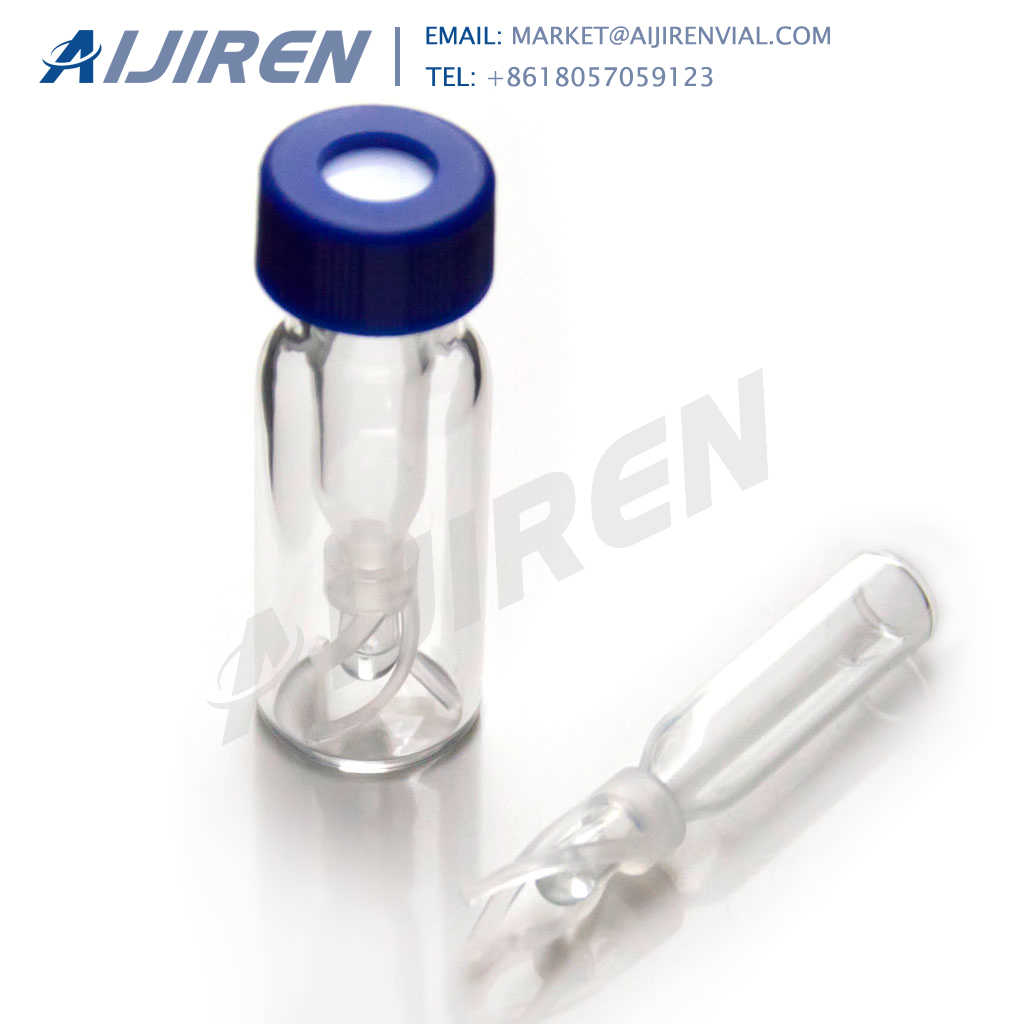
Athena Vial Micro-Insert, Size: 250ul, Rs 800 /pack Athena. Vial Inserts Micro-Insert 0.3mL Amber Screw Vial Integrated w/Micro-Insert, w/Write-on Spot,Base Bonded, 11.6*32mm 1)9mm screw vials can be used on all common autosampler. 2)Standard narrow neck design for GC and HPLC. 3)9mm wider opening for easy puncture. 4)Clear, type 1 class A borosilicate glass.
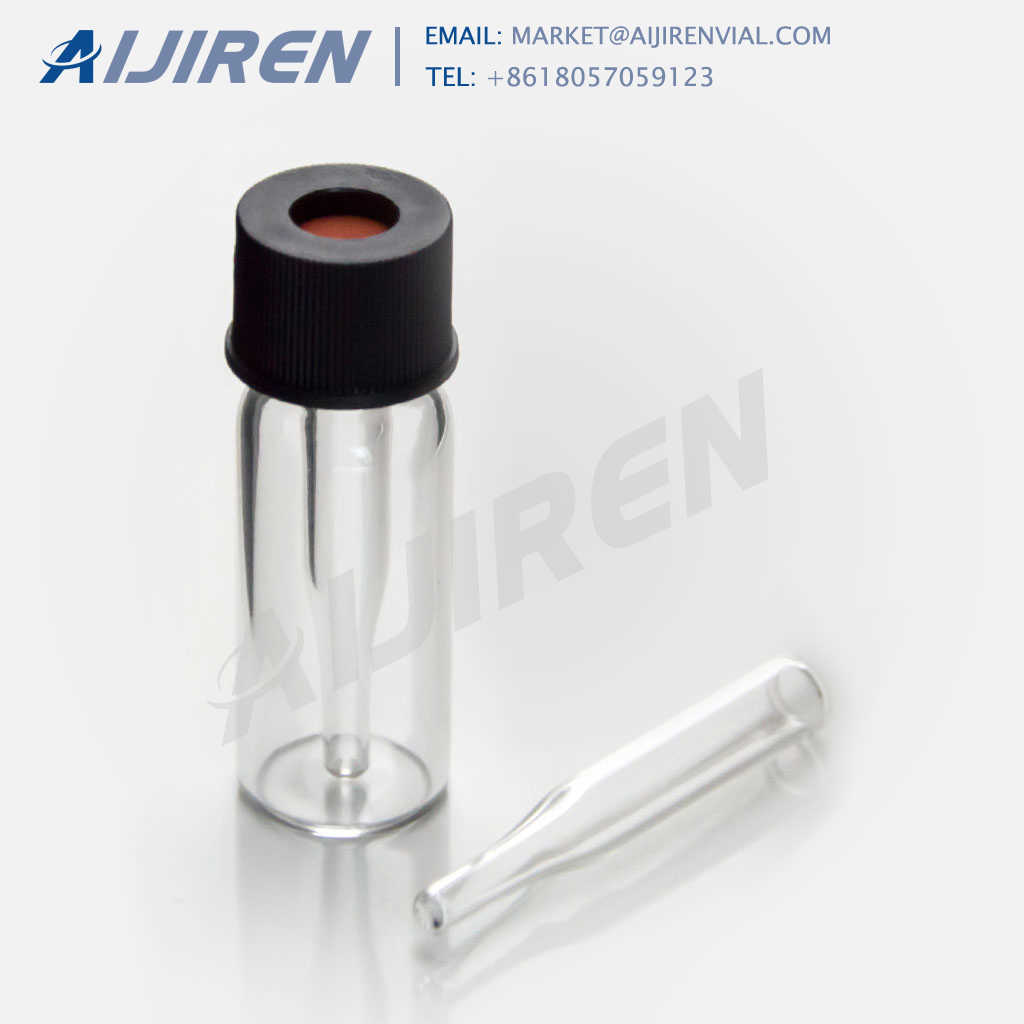
Find 250ul insert and related products for scientific research at MilliporeSigma
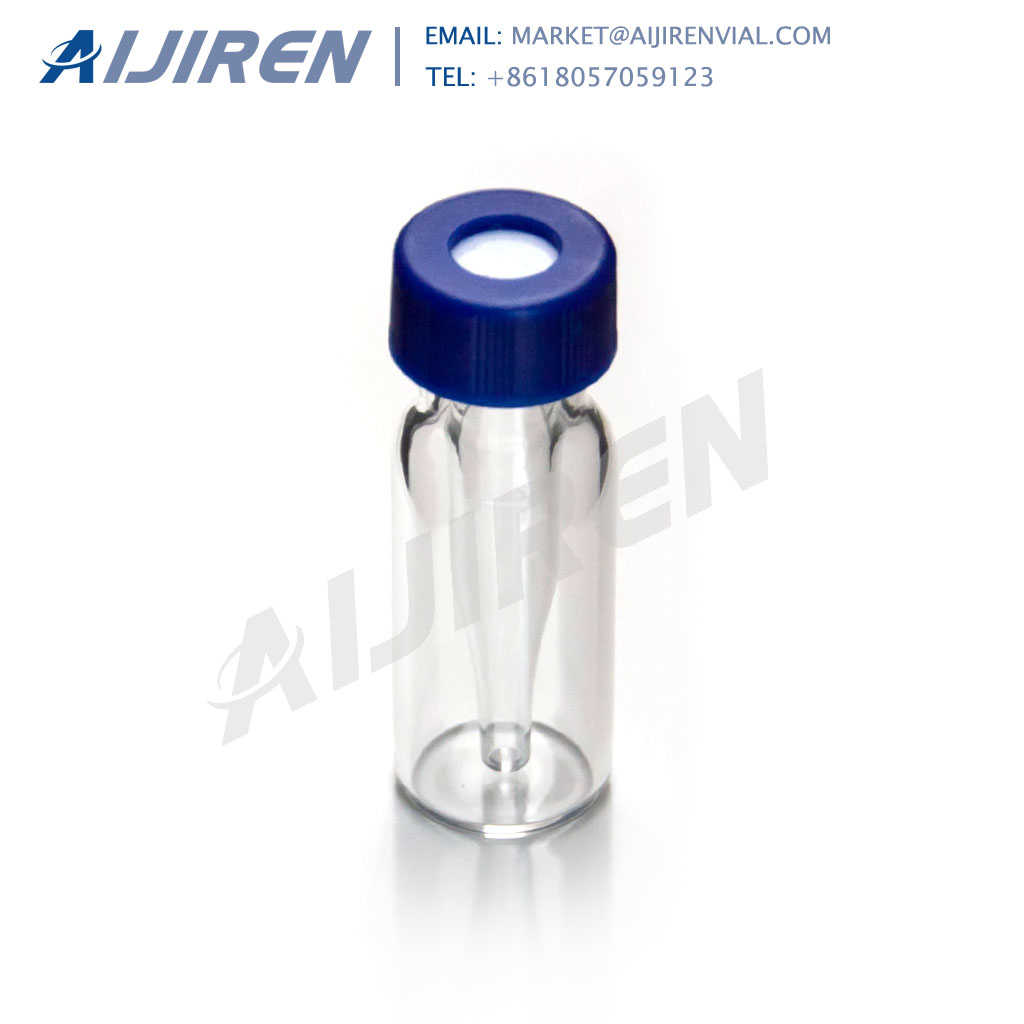
IV250 vial insert. Conical Bottom. 31*5.7mm. suit for 9mm, 10mm, 11mm vials. 250uL insert 250ul vial insert conical bottom vial insert insert for hplc vials. Free Sample Get Price.
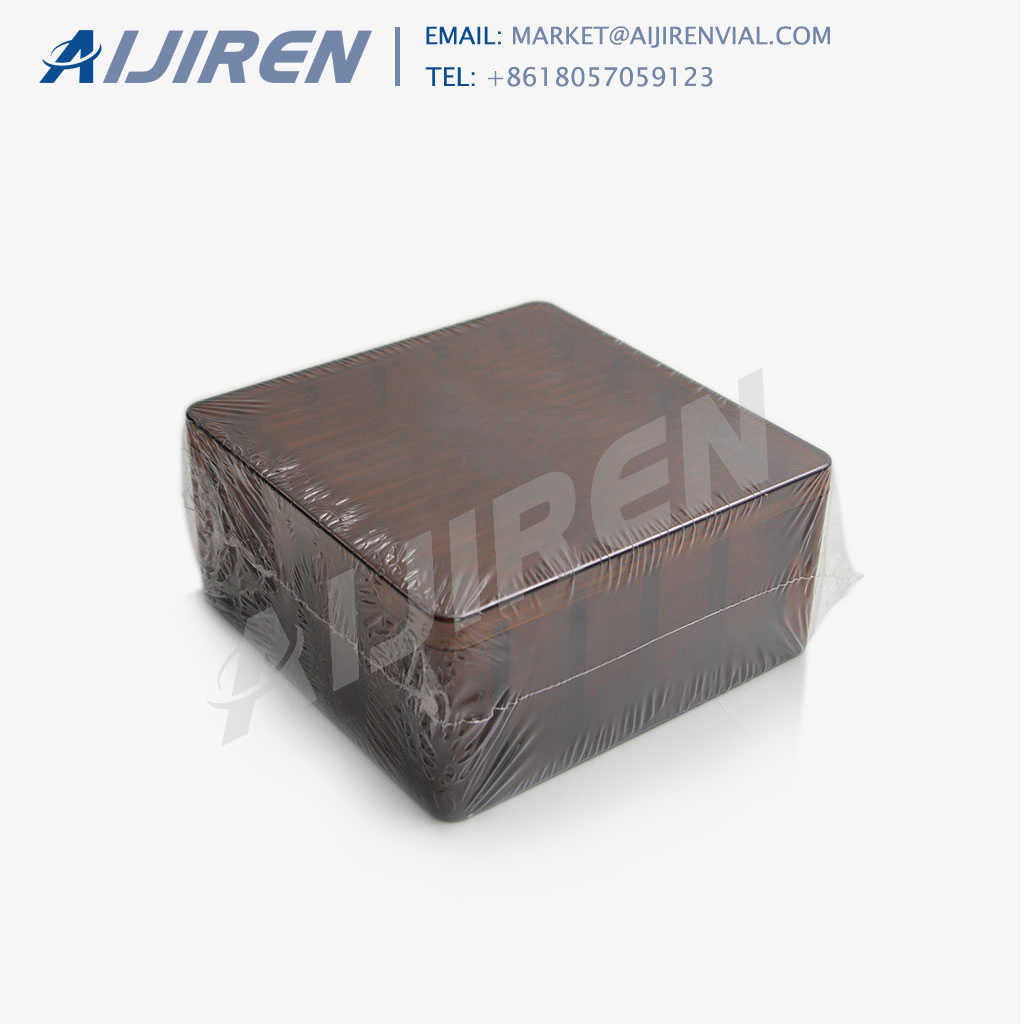
250ul insert, polypropylene w/grad 100pk. Add to Favorites. List Price: $37.60 /100 Pack.
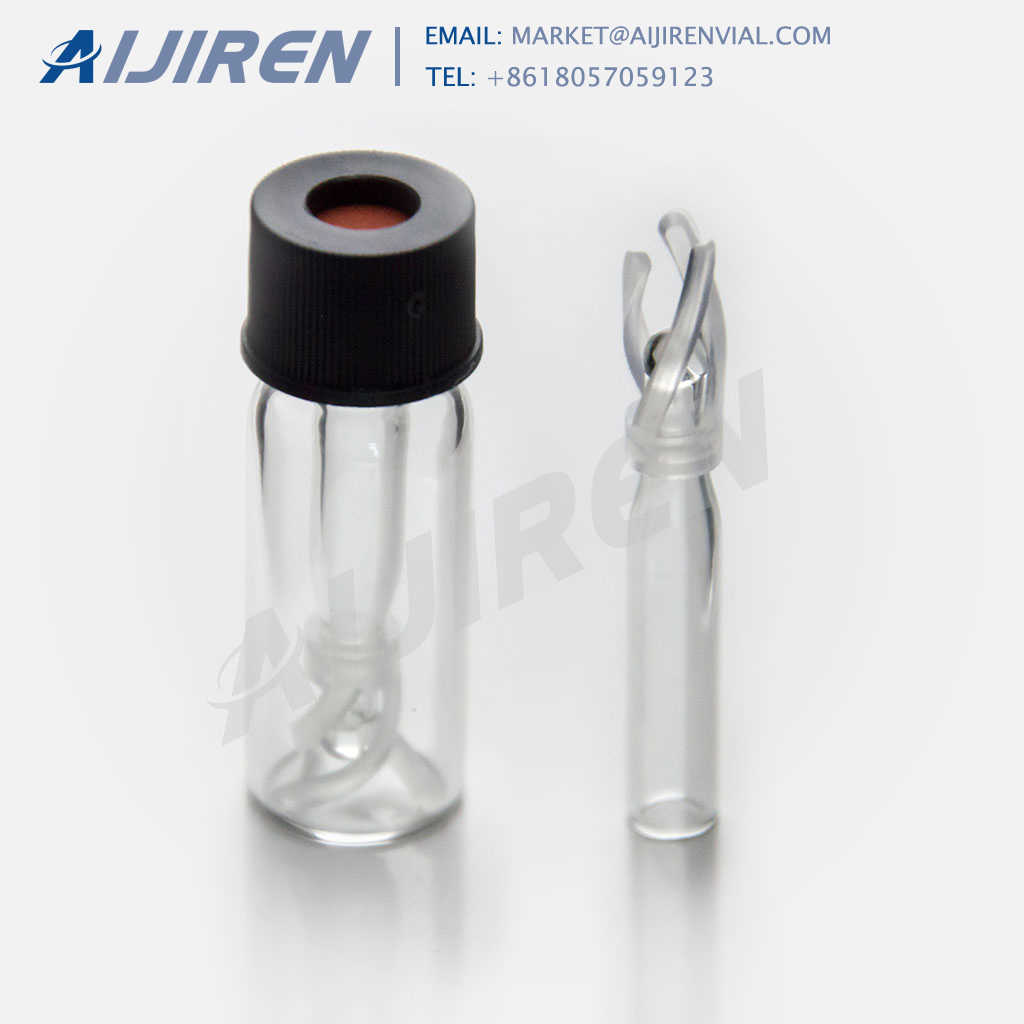
Clear Glass Micro Insert is used to ensure the most accurate and reliable analysis of your lab samples. 250ul Micro-Inserts, flat Bottom. Micro inserts, when used in conjunction with autosampler vials, allow for maximum sample recovery and easier sample removal.

Oct 14, 2021 · Aijiren offer the 250ul micro insert with concial bottom,the size is 31*5.7mm which is suit for 9mm vials. The conical glass micro insert does not require a spring and can be placed directly in the sample bottle during injection. This is the most economical choice for microinjection. Compared to flat bottoms, the inner insert tube at the
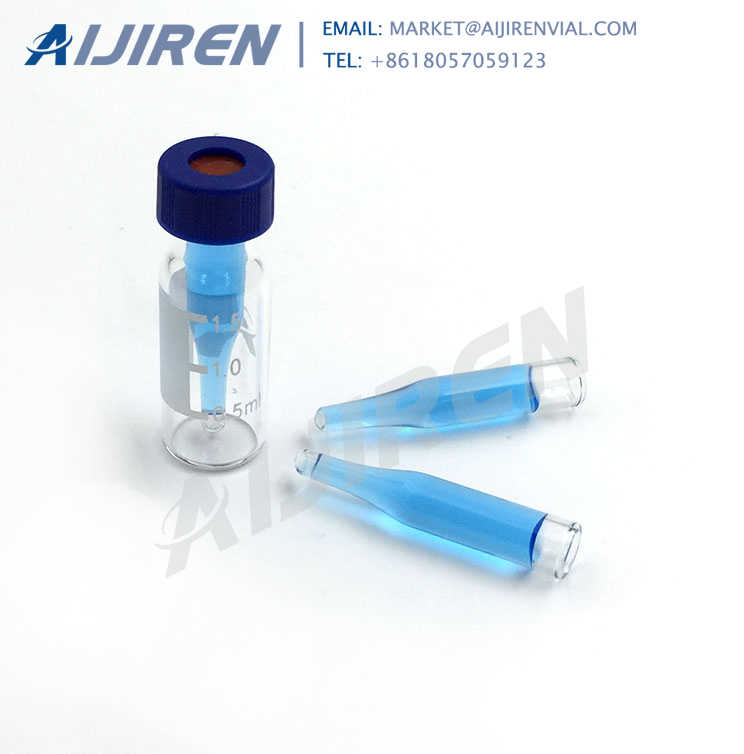
Add 63ul water, 10ul 10x Second Starnd Buffer, 4ul 5mM dNTP Mix, 2ul DNA polymerase, 1ul RNaseH. Incubate for 2h at 16C. Purify the cNDA using column by adding 250ul cDNA Binding Buffer, spin at 10000g for 1min. Add 500ul Washing Buffer to column followed by spin at 10000g for 1 min. Spin dry the column. Add 12ul 50C water for disolving cDNA

250ul Plastic Insert with mandrel interior and polymer feet,suits for ND9 Vials 250ul Micro-Insert, clear glass, flat bottom, suits for ND8 Vials 300ul Micro-Insert, clear glass, flat bottom, suits for ND9 Vials 1ml shell vials, 1st hydrol glass, clear, 8mm PE-Plug, soft, without insertion Size 29*5.7mm 31*5mm 31*6mm 8.2*40mm 29*5.7mm 29*5mm

250uL Insert with mandrel interior and polymer feet, 29*5.7mm; suits for ND9 Vials . Glass inserts with polymer feet. Conical with precision-formed mandrel interior, 250 μl . Replaces for Shimadzu Inserts, 250uL with bottom spring, used with ND9 2mL Aijiren screw-thread vials . Product Description:
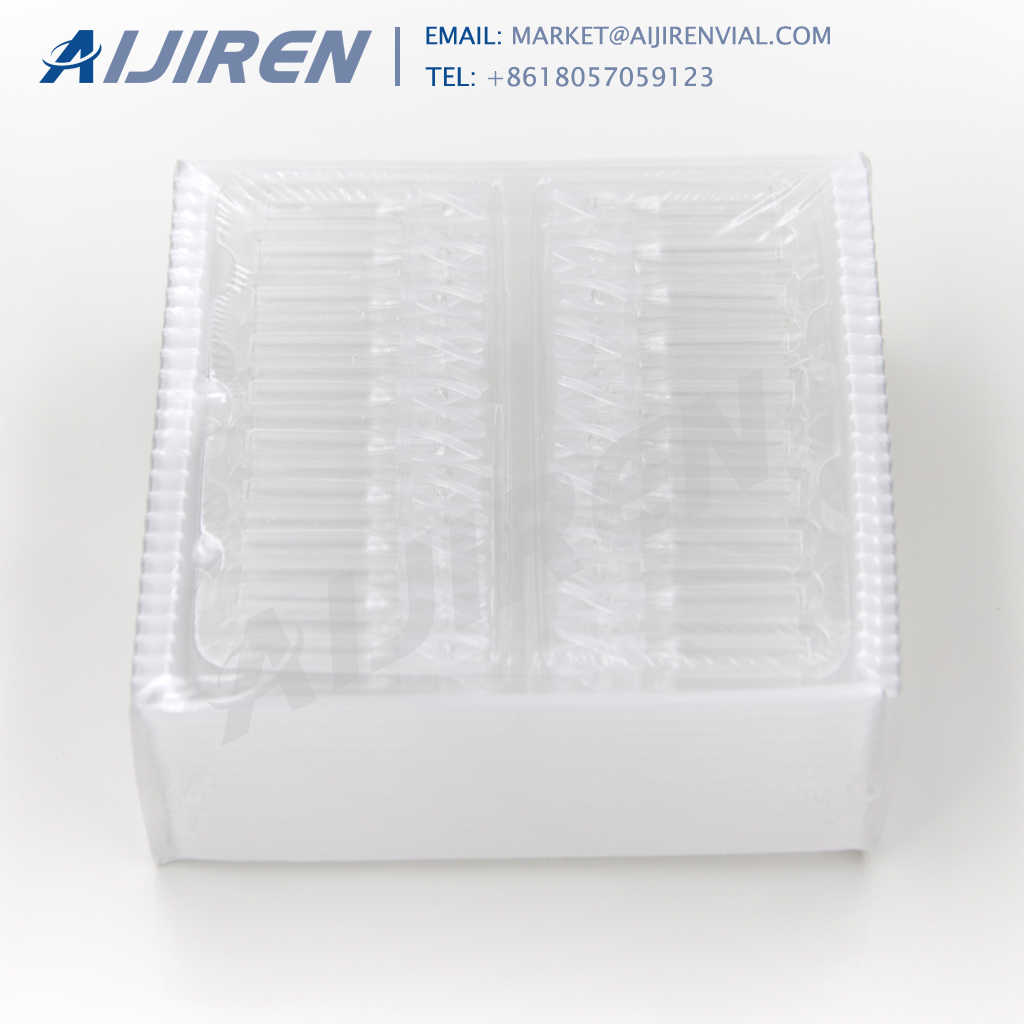
Athena Vial Micro-Insert, Size: 250ul, Rs 800 /pack. Vial Inserts Micro-Insert 0.3mL Amber Screw Vial Integrated w/Micro-Insert, w/Write-on Spot,Base Bonded, 11.6*32mm 1)9mm screw vials can be used on all common autosampler. 2)Standard narrow neck design for GC and HPLC. 3)9mm wider opening for easy puncture. 4)Clear, type 1 class A
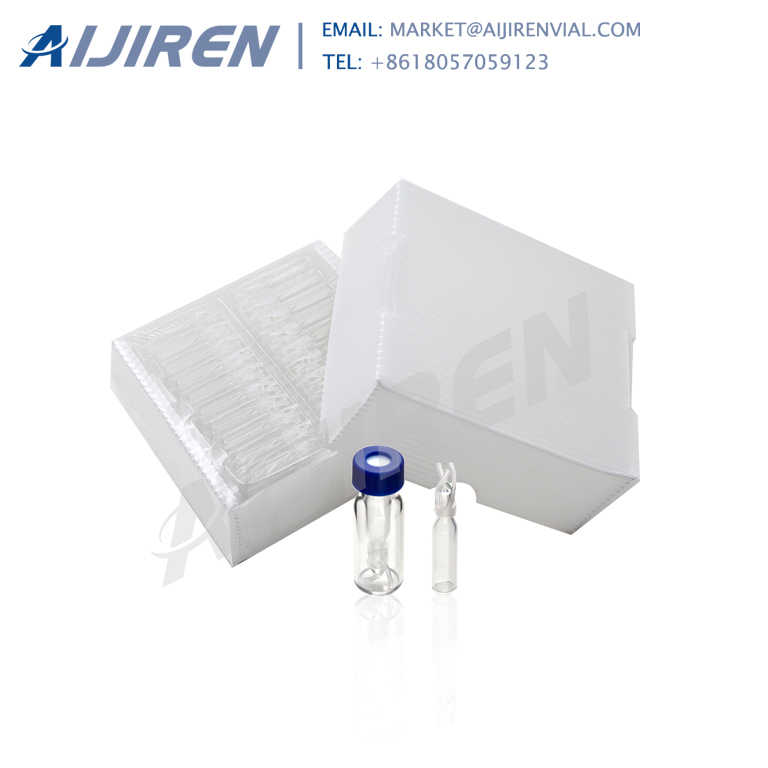
Micro-Inserts are manufactured of clear glass. Vial insert with concial bottom. Micro inserts, when used in conjunction with autosampler vials, allow for maximum sample recovery and easier sample removal because the conical shape decreases the surface area inside the vial. 250ul Vial inserts can be used for 9mm, 10mm, 11mm vials.

To define a primary key for a table, you use the PRIMARY KEY . Sigma 250ul conical insert exporter-HPLC Vial Inserts. 2. Add 250ul of Buffer S1 to the pellet to resuspend bacteria cells. 3. Add 250ul of Buffer S2, mix gently by inverting the tube 4-6 times until the solution becomes clear. The time should be no longer than 5 minutes. 4.